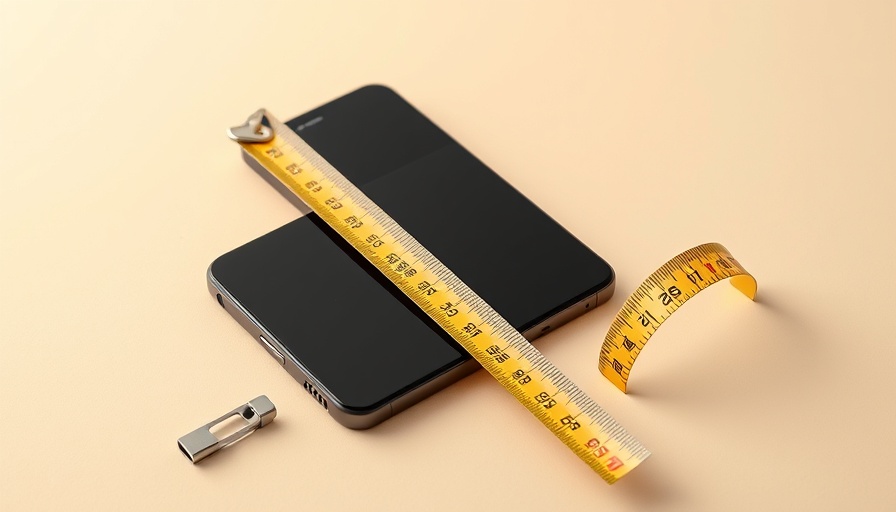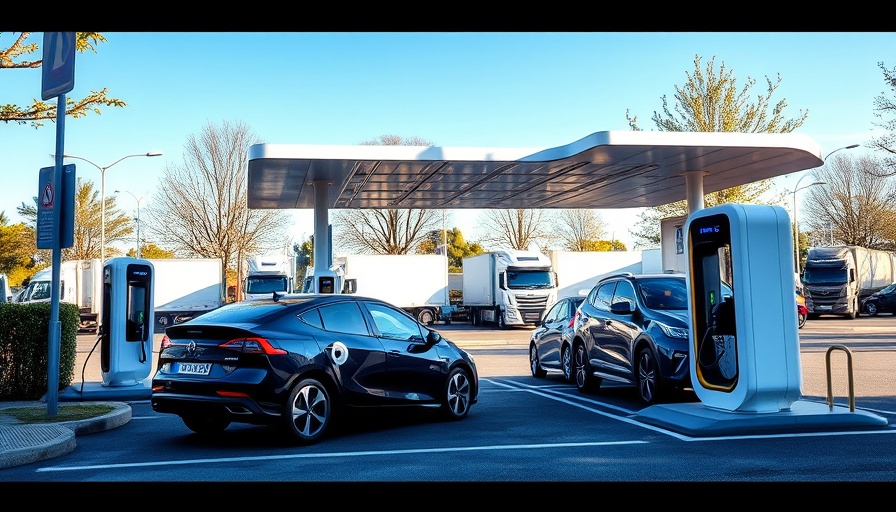
The Hidden Purpose Behind Your Keyboard
Have you ever stopped and wondered about the raised lines on the “F” and “J” keys of your keyboard? Many of us who use a keyboard daily might skip over this tiny detail, but understanding its purpose can significantly enhance our typing efficiency. These bumps aren’t merely aesthetic; they play a crucial role in typing without looking.
Touch Typing: The Key to Efficient Typing
These raised lines serve as tactile guides allowing you to position your fingers correctly on the keyboard. This technique is known as touch typing, a method taught in many schools to facilitate faster and more accurate typing skills. With your index fingers resting on these keys, you can comfortably navigate the keyboard's layout while keeping your eyes on the screen.
The history of keyboard design often reflects the evolution of typing techniques. Early typing classes utilized rubber-covered keyboards that obscured letters but allowed students to feel where their fingers were positioned. By focusing on the tactile feedback from the keyboard, learners could memorize the layout effectively, paving the way for the proficiency we often take for granted today.
A Closer Look at Keyboard Layouts
The middle row of the QWERTY keyboard, known as the home row, is key in this process. When learning to touch type, students are advised to keep their fingers on this row. For instance, each finger corresponds to a series of keys, making typing an efficient and almost effortless activity.
On the left side of the keyboard, your fingers are responsible for several keys: the left pinky for “Q,” “A,” and “Z”; the left ring finger for “W,” “S,” and “X”; the left middle finger for “E,” “D,” and “C”; and finally, the left index finger, which covers an extensive area from “4” to “B.” The same applies to the right hand, which mirrors the left's actions.
Benefits of Mastering Touch Typing
Learning to type using the touch typing technique can yield numerous benefits. Not only does it improve typing speed, but it also reduces strain on the hands. For those spending hours working on computers, comfort is a vital factor to consider. By familiarizing yourself with this technique, you can transform your typing into an effortless skill.
Moreover, the time-saving aspect cannot be overstated. Imagine being able to write emails or reports without the interruption of hunting for keys—it can drastically increase productivity, making it an essential skill in today’s fast-paced work environments.
Strategies for Learning Touch Typing
If you’re ready to take the dive into touch typing, various online resources and typing programs can help. Engaging with interactive typing lessons can bring life to the learning process. As you practice, remember to focus on your hand position and gradually work your way toward speed and accuracy.
Additionally, consider creating a typing schedule that allows regular practice. The key to mastering any skill is consistency, so be patient with yourself. Eventually, you’ll develop muscle memory that will make typing feel as natural as breathing.
Final Thoughts
Understanding the function of those small raised lines on your keyboard can transform the way you engage with technology. By learning touch typing, you harness a skill that enhances productivity and reduces the risk of repetitive strain injuries. It’s a small change that can make a big difference in your daily typing activities. So, the next time you sit at a keyboard, let your fingers find their way home and unleash your full typing potential!



Write A Comment